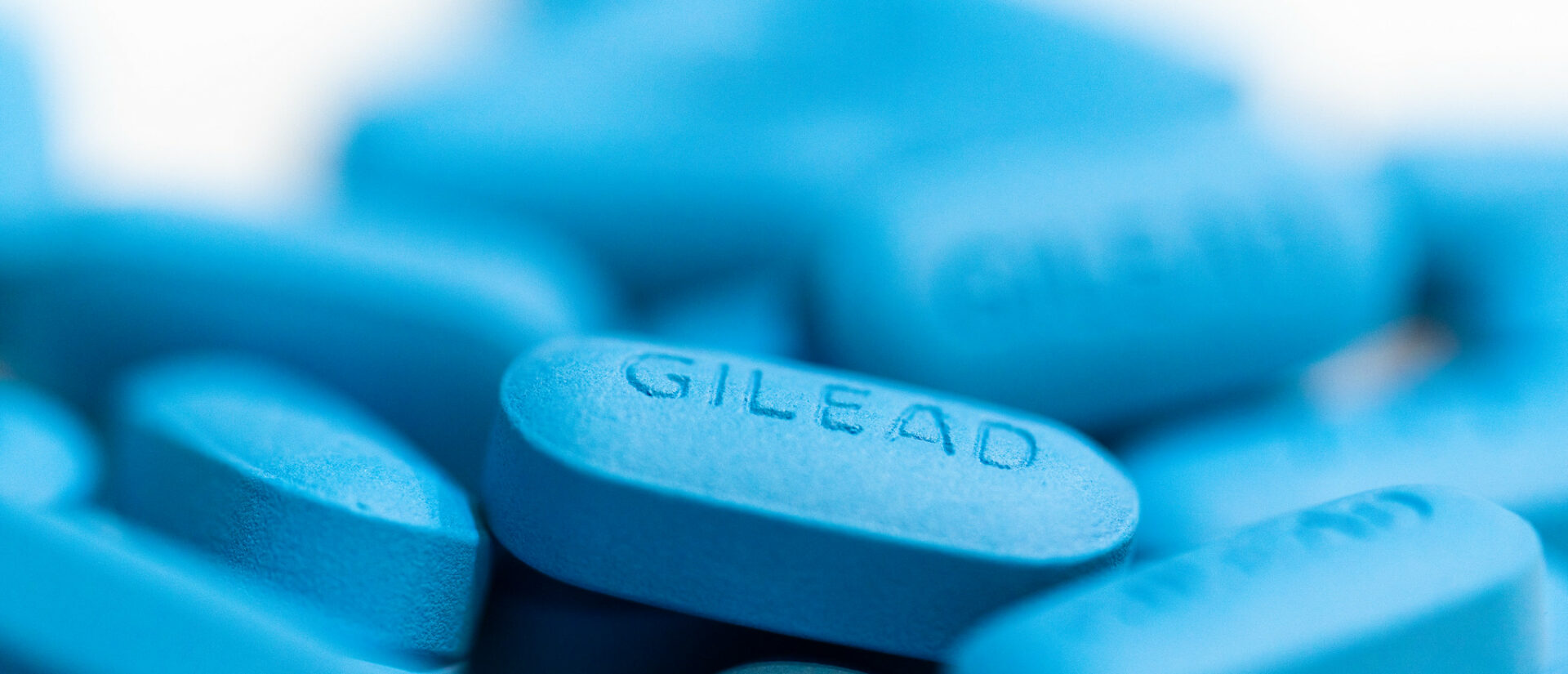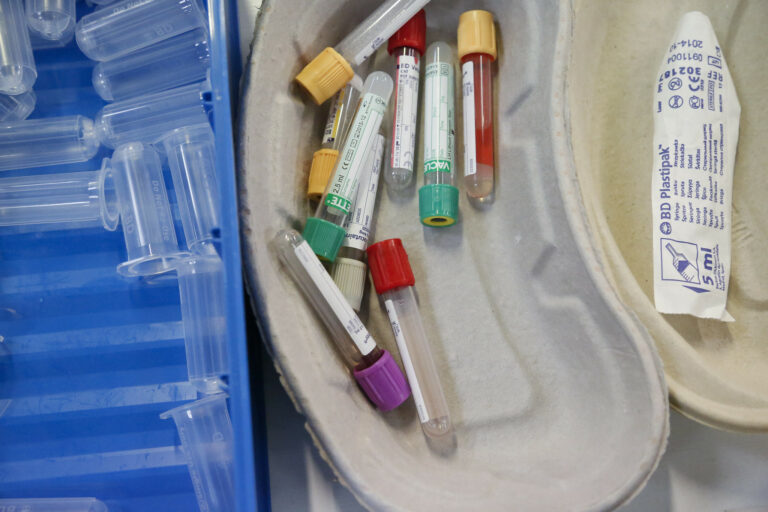
We Can’t Afford Big Pharma’s Greed

By Tobias J. Klinge, Rodrigo Fernandez and Manuel B. Aalbers – also posted in the Tribune(opens in new window)
Big Pharma is dependent on public research – but when a crisis like coronavirus comes around, it does everything it can to keep its products for a select few. It’s time to rethink how our medicines are produced.
Amid the rapidly unfolding coronavirus crisis, pharmaceutical giant Gilead Sciences recently managed to secure “orphan drug status” from the US Food and Drug Administration (FDA) for a potential Covid-19 compound named remdesivir, which would have granted the corporation exclusive marketing for seven years.
Following strong condemnation from civil society groups and the Bernie Sanders campaign, Gilead asked the FDA to rescind this status – but nonetheless declared that it would seek regulatory review at a later date. In the context of one of the largest threats to public health in recent history, it is only thanks to astute observers and activists that a disgraceful seizure of corporate power over one of the potential means to tackle the global pandemic has, for the time being, been averted.
The Gilead case brought the fundamental contradictions around the pharmaceutical sector into sharp relief. Not only was the development of remdesivir made possible by $79 million in public funding without resulting in an affordable (let alone free) drug, but another high-ranking Gilead executive also denied the public the right to scrutinise the results of the research it had helped to fund. Around the same time, reports surfaced of investors trying to steer healthcare and pharmaceutical corporations towards raising the prices of much-needed medicine and equipment.
One way of looking at the Big Pharma model is through the lens of corporate financialisation, where non-financial firms increasingly adopt financialised strategies to promote the interests of shareholders, rather than attempting organic growth by increasing material production. Generally, three distinct features of corporation financialisation can be identified.
First, firms grow their financial assets, often cash, compared to their fixed capital (like factories and machinery), either to invest it in financial markets or hoard it for mergers and acquisitions (M&A) that enhance their market power. These reserves are predominantly stashed in offshore financial centres and have therefore also grown as a result of tax avoidance strategies. At the same time, firms take on more debt to reduce their reliance on equity and to raise the returns per share.
Second, corporations replace fixed capital with “intangible assets”. These assets often reflect not only direct market power — in the case of intellectual property rights (IPRs) like trademarks and patents — but also the imported stock value of other firms acquired through M&A. Third, firms prioritise the demands of shareholders and executives by using corporate funds to pay dividends or repurchase their own shares.
Investigating Big Pharma
In a recent report for the Dutch Centre for Research on Multinational Corporations (SOMO), we investigated the financial accounts of twenty-seven of the world’s largest pharmaceutical corporations to assess the extent of financialisation in this particular sector. We found evidence of all three features.
Between 2000 and 2018, the corporations grew their combined cash reserves from $83 to $219 billion. US corporations now regularly hold more than twice as much cash as fixed capital: most likely, this reflects strategies to stash cash offshore in order to avoid paying tax on repatriated profits. To finance their operations, Big Pharma firms increasingly rely on debt rather than equity. These twenty-seven corporations recorded $518 billion of debt in 2018 compared to a mere $61 billion in 2000.
While productive investments such as capital expenditures and research and development expenses (R&D) have only grown moderately, the firms’ capital structures have shifted towards intangible assets. In 2018, total intangible assets stood at more than $850 billion, having skyrocketed from just $50 billion approximately in 2000. Our data indicates that goodwill – the premium paid by one corporation for the acquisition of another over the latter’s book value (which measures the net value of the company’s tangible assets) — most likely accounts for half of the total value of intangible assets.
This bubble, inflated by rounds of M&A, is significant because of its detrimental effect on corporate profitability. Simply put, if Big Pharma’s asset base grows faster than its gross profit due to constant enlargement, its total return on assets falls. This might necessitate even more extreme strategies to raise returns by raising prices and sending the bill to patients and health insurance providers.
It is particularly telling to note how Big Pharma’s pay-outs to shareholders through dividends and share repurchases have evolved. Dividends have grown steadily, and repurchasing schemes have complemented them. The twenty-seven corporations between them paid out $30 billion through both channels in 2000, but almost $150 billion in 2018. Over the entire period, pay-outs from all twenty-seven corporations totalled a staggering $1.54 trillion. Importantly, recent years have seen pay-outs approaching or even surpassing the combined sums of productive investment, i.e. capital expenditures and R&D expenses. US corporations led the pack by paying out more than 130 percent of their productive investments in 2018.
Big Pharma Needs to Be Reined In
In sum, an analysis of their financial accounts casts light on the business model of Big Pharma corporations. While depending on research financed by the public, as the current example of remdesivir illustrated, pharmaceutical giants are in a race to obtain IPRs in order to secure temporary monopoly gains. This business model benefits shareholders and corporate executives but impedes truly effective and efficient healthcare, an issue which gains particular urgency in the midst of a global pandemic.
More generally, we see increasing corporate concentration, fuelled not only by economic competition but also by cheap credit. The ultimate goal is to maximise payouts in the short run and drive up stock prices at the expense of productive investments and affordable medicine prices. Such a business model is not merely socially unjust but also economically unstable.
In a historically unprecedented global health emergency, the urgent need to restructure the current pharmaceutical sector has become clear. We cannot provide corporate handouts while shelving the debate about monopoly power and unsustainable levels of shareholder payouts. We need to recognise the contribution of public research, limit rather than expand IPRs and enlarge public production capacity rather than relying on that of shareholder-beholden corporations. Backed by growing popular support, now is the time to work towards a pharmaceutical industry that prioritises the well-being of the many over the private gains of the few.
Do you need more information?
-

Rodrigo Fernandez
Senior researcher

Related news
-
Why share buybacks are bad for the planet and peoplePosted in category:Opinion
 Myriam Vander StichelePublished on:
Myriam Vander StichelePublished on: Myriam Vander Stichele
Myriam Vander Stichele -
 EU health data law rolls out the red carpet for Big TechPosted in category:Long read
EU health data law rolls out the red carpet for Big TechPosted in category:Long read Irene SchipperPublished on:
Irene SchipperPublished on: -
Civil society coalition urges EU to put the interests of patients and citizens at the heart of the European Health Data SpacePosted in category:Published on:Statement

